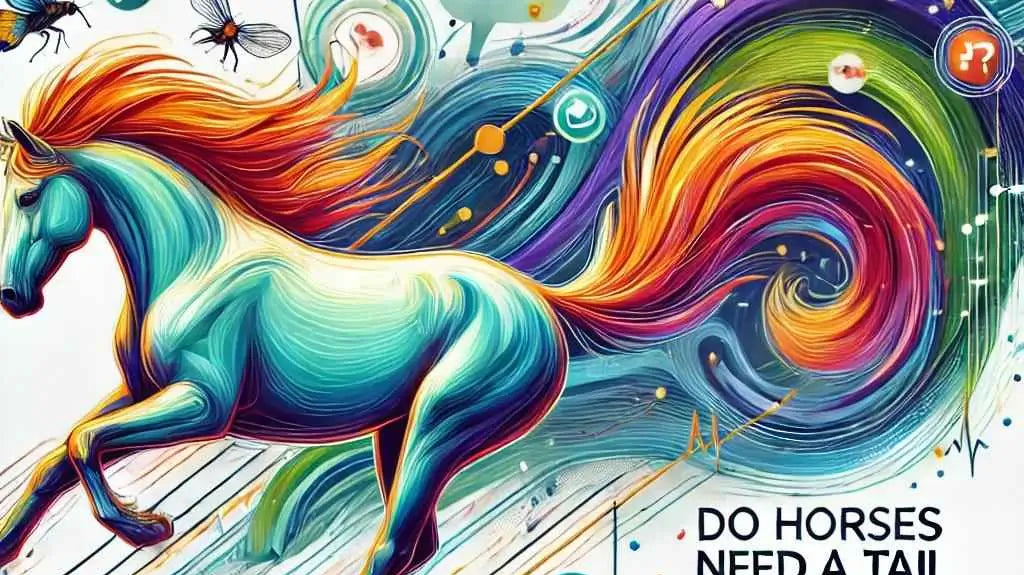The world of equine sports was thrown into a frenzy recently with the shocking news of a horse in Manitoba testing positive for Equine Infectious Anemia (EIA).
The Case of the Manitoba Horse with EIA
With no prior clinical symptoms to hint at an impending problem, the horse was part of a biosecurity screening at a competitive equine facility located in the Winnipeg Regional District. This revealed the presence of the deadly EIA, a disease for which, unfortunately, there is no known cure. Understandably, this has raised a red flag for the Canadian Food Inspection Agency, who have since launched an investigation into the matter.
Understanding Equine Infectious Anemia (EIA) AKA Swamp Fever
EIA is a viral disease, also known as Swamp Fever, that affects horses and other equines. Spread mainly through the exchange of body fluids, blood-feeding insects like horseflies play a significant role in propagating this disease. In some instances, direct contact with an infected animal can also lead to the disease being transmitted.
Why EIA is Such a Big Deal
Due to the absence of a cure, prevention and control measures become absolutely essential in managing EIA. With the infected horse and all contact animals placed under movement control protocols, it illustrates the degree of seriousness attributed to this outbreak. This incident serves as a stark reminder about the importance of regular testing, stringent sanitation views, and strict control over animal movement to avoid the spread of such diseases.
The Potential Impact of EIA on the Equine Industry
Further to immediate health concerns, the detection of EIA poses a serious threat to the financial health of the equine industry. Given that horse breeding and equine eventing are significant economic drivers in many regions, the spread of EIA could ladle out far-reaching consequences for these industries.
Fighting EIA: Measures and Implications
While steps are being taken to understand the disease's transmission dynamics and improve prevention measures and management strategies, horse owners and operators can contribute substantially to lowering the EIA transmission risk. Things that can accomplish this include robust biosecurity protocols such as regular testing regimes, maintaining high sanitation standards, and practicing strict animal movement controls.
The detection of EIA in this Manitoba horse event underscores the imperative need for the equine industry to rank disease prevention and control measures higher on their priority list. Only through a collective effort can we protect our beloved equine friends and ensure the continued success and prosperity of the equine industry.
Stay vigilant and help keep our horses healthy!




